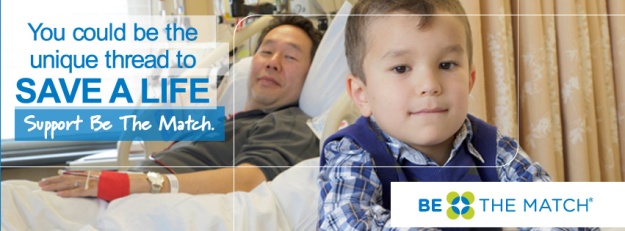By Stephanie Hinton, CPM, MHS, MA – DHEC Cancer Prevention and Control Division Director & Daniela Friedman, SCCA Prostate Cancer Workgroup
No one likes to think about the potential risk of cancer, but being informed can be a lifesaver. This September, DHEC is calling on all men in South Carolina to take a moment to learn about prostate cancer, the risks and symptoms, and what they can do to be proactive in protecting their health.
The Statistics
Prostate cancer is one of the most common forms of cancer among men and is the second leading cause of cancer death in American men. Prostate cancer is twice as common among African-American men than it is among men of European (White) descent, and African-American men have the highest prostate cancer death rate. Advancing age, high-fat diets, smoking and family history of prostate cancer are also contributing risk factors.
The good news is that survival rates for all stages of prostate cancer have improved over the years. At least 89% of men diagnosed can expect to live at least five years from the time of their diagnosis.
The Symptoms
Most prostate cancers grow slowly, and don’t cause any health problems in men who have them. However, if the cancer expands or begins to spread to other parts of the body, the following may be present.
- Weak or interrupted flow of urine.
- Frequent urination (especially at night).
- Trouble urinating.
- Pain or burning during urination.
- Blood in the urine or semen.
- A pain in the back, hips, or pelvis that doesn’t go away.
What can you do?
- Talk with your health care provider about prostate cancer screening options. Screenings are recommended starting at age 45 for African-American men.
- Find out if you have a family history of prostate cancer, and tell your doctor if you do.
- Learn more about screening and treatment options, and make informed decisions. Some treatment options may have serious side effects, so it is important to ask questions and make a decision that is right for you.
SCCA Prostate Cancer Work Group
The statewide South Carolina Cancer Alliance (SCCA) Prostate Cancer Work Group is dedicated to improving our understanding of how to diagnose and treat prostate cancer and to help men participate in all aspects of prostate cancer research, education, and treatment.
For more information about the SCCA Prostate Cancer Work Group, please contact Daniela Friedman at dbfriedman@sc.edu.
For more information about prostate cancer, click here.













